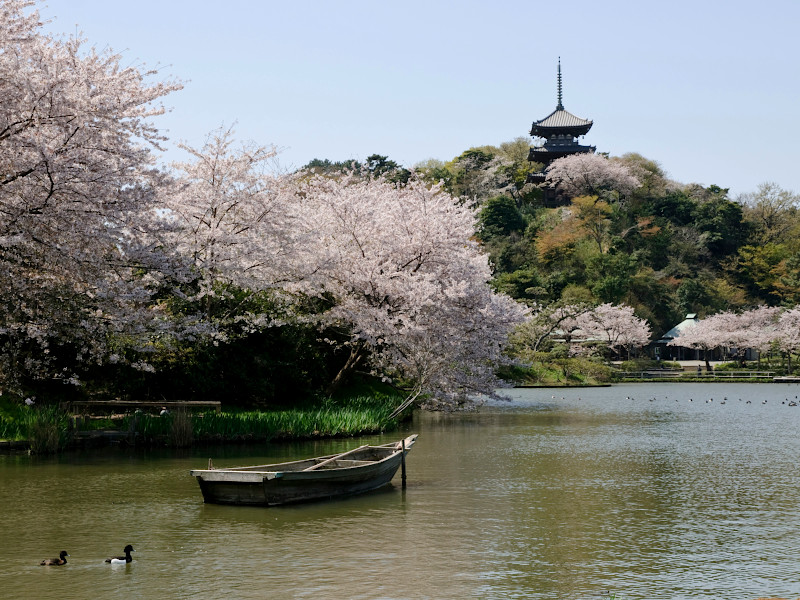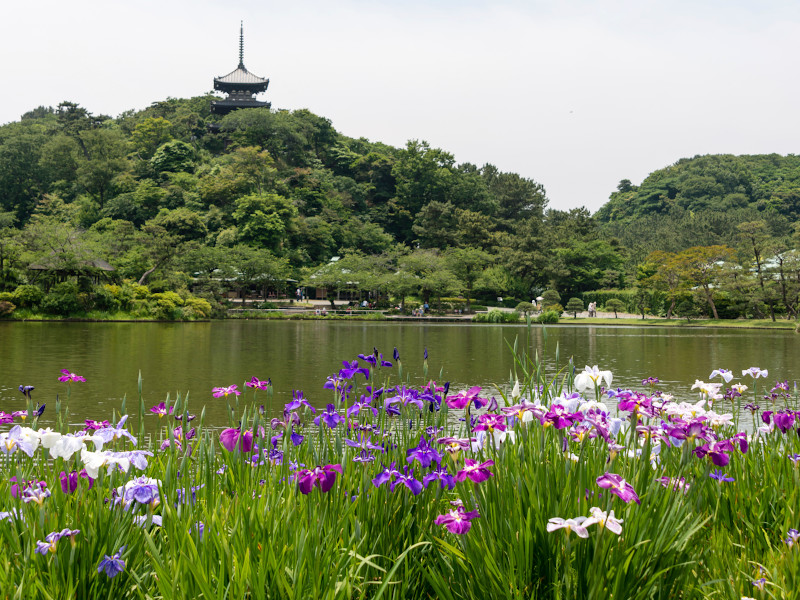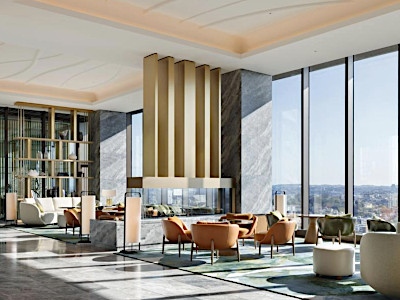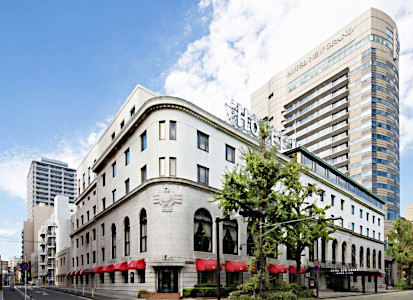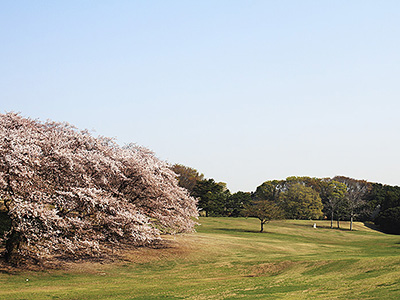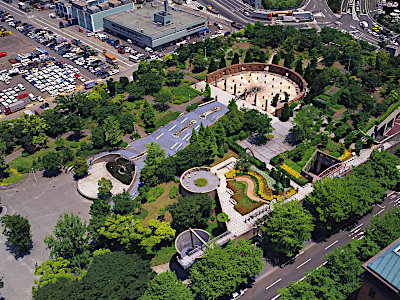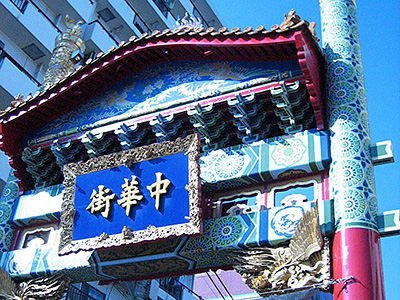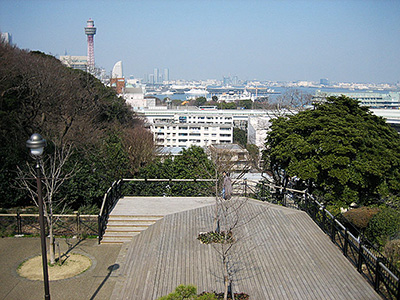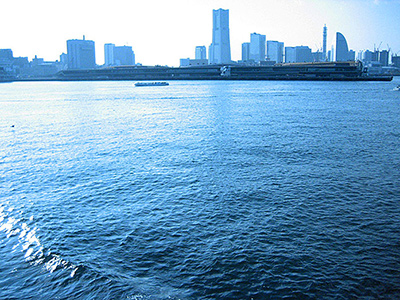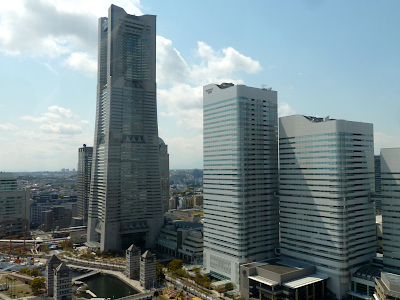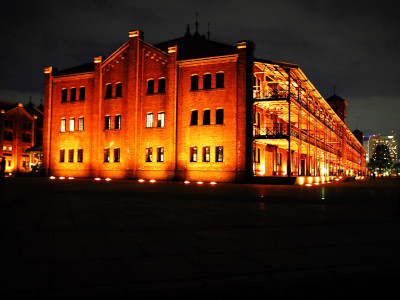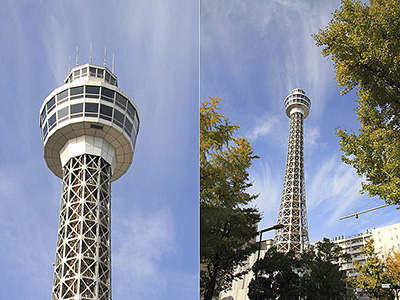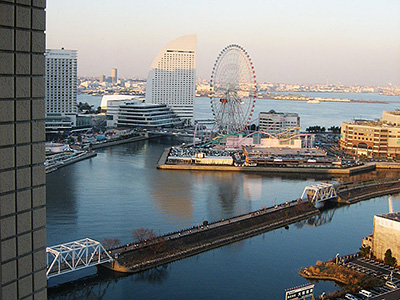Sankeien Garden in Yokohama
This post can contain affiliate links, which means that we may receive a small commission if you make a purchase using these links.
Facts & Figures
The Sankeien Garden is located in southern Yokohama and covers an area of over 175000 square meters. It consists of two traditional Japanese-style gardens, the outer and inner gardens. Sankei Hara, a silk trader and founder of the garden, collected seventeen historically important buildings from all over Japan and displayed them in the garden. Each of these buildings has a special and important place in Japan's cultural and historical heritage, and ten of them are now designated as Important Cultural Properties. The garden's scenery reminded me of Kyoto, with its 25 kinds of exotic flowers (water lilies, irises, azaleas etc.), bamboo groves, small rivers and waterfalls, a pond, and trails for joggers and strollers to explore the area. During late March or early spring, the sakura blossoms are usually in full bloom, while in July and late August, the pond located close to the entrance is covered by the most beautiful and vibrant pink lotus blossoms. In late autumn, the changing colors of the leaves are enough to keep any visitor mesmerized. Plum blossoms or ume start to bloom just as winter is coming to an end during mid to late February. The three-story pagoda of the old Tomyoji Temple, Rinshunkaku, beautiful tea houses, and the main hall are some of my highlights of the garden. You can also join tea ceremonies offered at the Sankeien Memorial Museum.
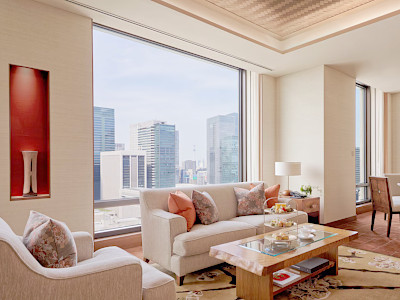 Best Places to Stay in Yokohama
Best Places to Stay in Yokohama
- Sankeien Garden:
- Opening Hours - 9:00 am to 5:00 pm (last entry 4:30 pm)
- Opening Hours (cherry blossom viewing) - 9:00 am to 9:00 pm (last entry 8:30 pm) - early March to mid-April
- Admission Fee - 900 yen (high school students and above), 200 yen (children younger than 15)
My tips for local activities
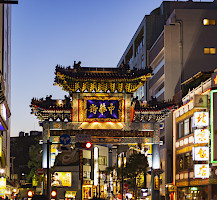
How about exploring the highlights and hidden gems of the fascinating metropolis of Yokohama with a local guide? The personalized tour by our partner GetYourGuide can take up to 4 hours. For more details check out this page >
History
The entire Sankeien Garden once belonged to a wealthy silk merchant known as Tomitaro Sankei Hara (1869 - 1939). The garden project was finished in 1902 but the outer garden was not accessible to the public until 1906. To build the garden it took over 20 years and incorporated large structures such as residential houses, tea rooms, shrines, arbors, and villas. The property on which the park was constructed belonged to Hara’s grandfather. Because Hara enjoyed close ties to other wealthy aristocrats in the region, the garden was not only constructed to serve as personal residential quarters but it was also designed to foster the arts in the area. During World War 2 the Sankeien Garden was nearly destroyed. After its restoration, the Garden was later (1953) donated from the Hara clan to the Sankeien Hoshokai Foundation. In 2007 Sankeien Garden was designated as a National Place of Scenic Beauty.
Location

Sankei-en Garden is located in the southern part of Yokohama in the Kanagawa prefecture.
Address: 58-1 Honmoku Sannotani, Naka Ward, Yokohama, Kanagawa 231-0824
How to get to Sankeien Garden?
- 35min from Yokohama Station to Honmoku Sankeien-mae by bus 8 and 125
- 10min from Negishi Station to Honmoku Sankeien-mae by bus 54, 58, 99, 101 and 108
- 5min from Honmoku to the Sankei-en Garden
Sightseeing spots
Sankeien Garden - Outer Garden:
Three-Story Pagoda of Old Tomyoji - It is the oldest pagoda in the Kanto region. The pagoda was originally built in Kizugawa (Kyoto Prefecture) in 1457 and relocated to its current place on top of a hill in 1914. The pagoda is one of the highlights here.
Buddhist Sanctum of Old Tokeji - A Zen Buddhist sanctum with a thatched roof was founded in 1634 and relocated from Kamakura in 1907. The temple was well-known for giving shelter to women who were fleeing a bad marriage.
Kakushokaku - The spacious private residence (950 square meters) of the Hara family was constructed in 1902. It was a popular meeting point for artists. You can visit this place only during the summer time or you can rent it if you want:)
Old Yanohara Family House - It was built in Shirakawago (Gifu Prefecture) in the typical gassho-zukuri house style. This Important National Cultural Property was relocated here in 1960. It is the only building in the garden, which can be visited during the whole year.
Main Hall of Old Tomyoji - The building is dates back to 1457. It was constructed in the town Kizugawa (Kyoto Prefecture) and later relocated to Sankeien in 1987.
Sankei Memorial - The exhibition hall/museum was built in 1989 and it is dedicated to the founder - Tomitaro Sankei Hara - of the garden.
Main Gate Posts - They were built during the Meiji Era in 1906.
Rindoan - It is a beautiful tea room.
Yokobuean - This tea hut is dating back to 1908. Yokobuean was relocated from the Hokkeji temple in the Nara Prefecture. The tea house got its name from the female main character (Yokobue) of a tragic love story.
Sankeien Garden - Inner Garden:
Sankei-en's Rinshunkaku - The vacation home, formerly the Iwade Goten villa of the Kishu-Tokugawa clan, was built in 1649 near the Kino-kawa River (Wakayama Prefecture) and relocated in 1906. Check out the famous ink paintings on the walls and fusuma (sliding doors).
Juto Oido of Old Tenzuji - This building came from Kyoto in 1905 and was constructed in 1591 by the famous shogun (daimyo) Hideyoshi Toyotomi (1537 - 1598). He dedicated this monument to his mother Omandokoro Naka for her health and long life. Do not miss the beautiful wooden carvings of figures in the shape of half a bird and half a human.
Gomon - This gate was located at Saihoji Temple in Kyoto (Higashiyama district). It was constructed in 1708 and relocated to Sankeien during the Taisho period (1912 - 1926).
Hakuuntei - A storage building from 1921 is only open during the summertime.
Gekkaden - This building from 1603 was originally located at Fushimi Momoyama Castle in Kyoto. In 1918 it was relocated to Sankeien.
Kinmokutsu - The tiny tea house was based on a vision of Sankei Hara.
Tenjuin - It has been a Zen Buddhism hall since 1651 and was relocated from the Shinpeiji temple near Kamakura to its current location in 1916. Tenjuin was the private temple of the Hara family.
The Choshukaku - This unique pavilion from the Nijo Castle in Kyoto was constructed in 1623 by shogun (daimyo) Tokugawa Iemitsu (1604 – 1651). It was relocated in 1922.
Shunsoro - This tea ceremony place was built for Oda Urakusai (1547 - 1623), a well-known samurai, tea master and daimyo.
Rengein - The tea room was built in 1917 by Tomitaro Sankei Hara (1869 - 1939). Some parts of the construction material came from the Byodo-in Temple in Uji.
Kaiganmon - This gate was located at Saihoji Temple in Kyoto (Higashiyama district). It was constructed during the Edo period (1603 - 1868) and relocated to Sankeien during the Taisho period (1912 - 1926).
Festival & Events (dates can change without notice)
Early March to mid-April
Cherry Blossom Viewing
On these days the park will be open until 9:00 pm (last entry 8:30 pm). The cherry trees will be illuminated at night and as a special highlight the three story pagoda of the old Tomyoji Temple will be lit up.
July
Early Morning Lotus Viewing (14th - 16th, 21st - 22nd, 28th - 29th)
You can enter the garden from 6:00 am to enjoy the opening and closing (by noon) of the flowers.
August
Early Morning Lotus Viewing (4th - 5th)
Same like before you can enter the garden from 6:00 am to enjoy the opening and closing (by noon) of the flowers.

